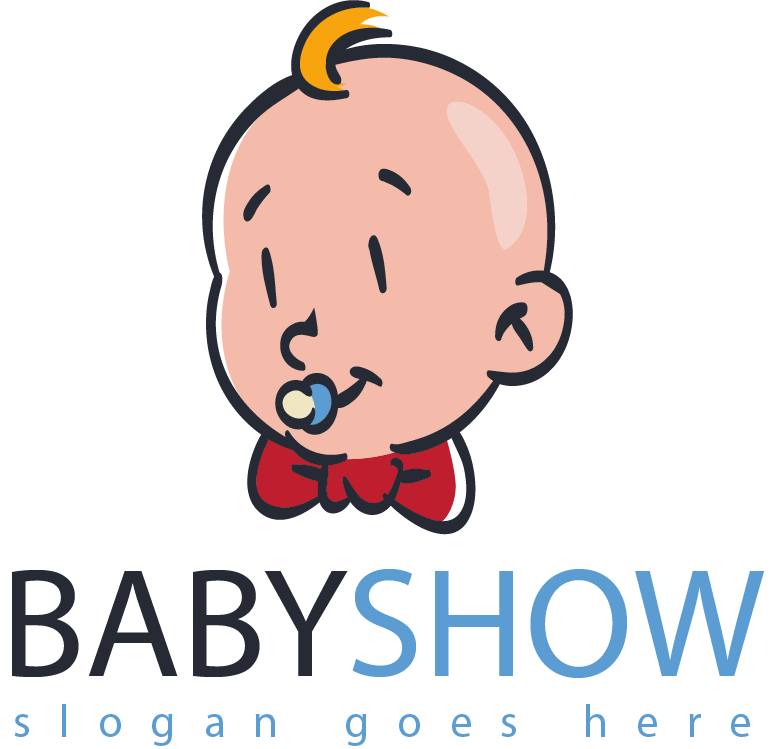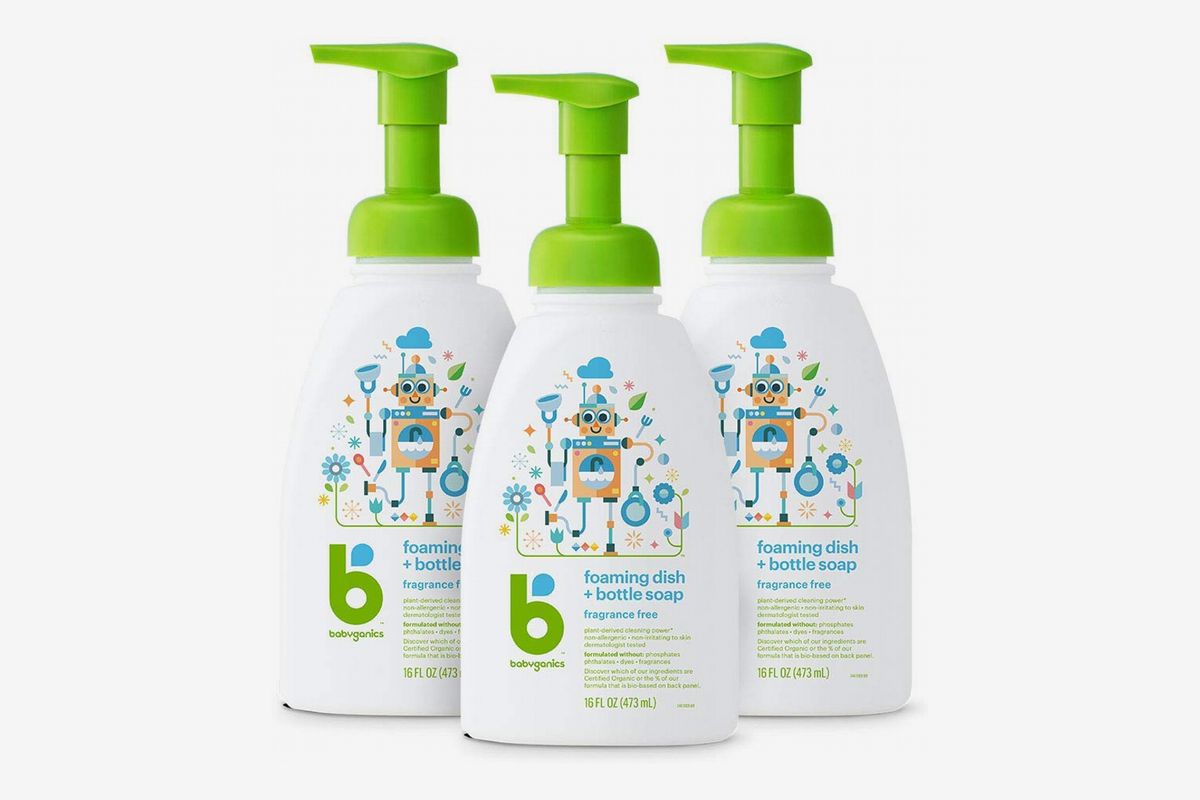When it comes to keeping our little ones safe, every detail matters. From baby-proofing the house to choosing the right products, we strive to create a nurturing environment. That’s why we are excited to introduce a line of baby safe cleaning products that prioritize the safety and well-being of your child. These cleaning products are specially formulated to be free of harmful chemicals, ensuring a clean and healthy home for your baby. Discover the power of gentle and effective cleaning with our new range of baby safe cleaning products.
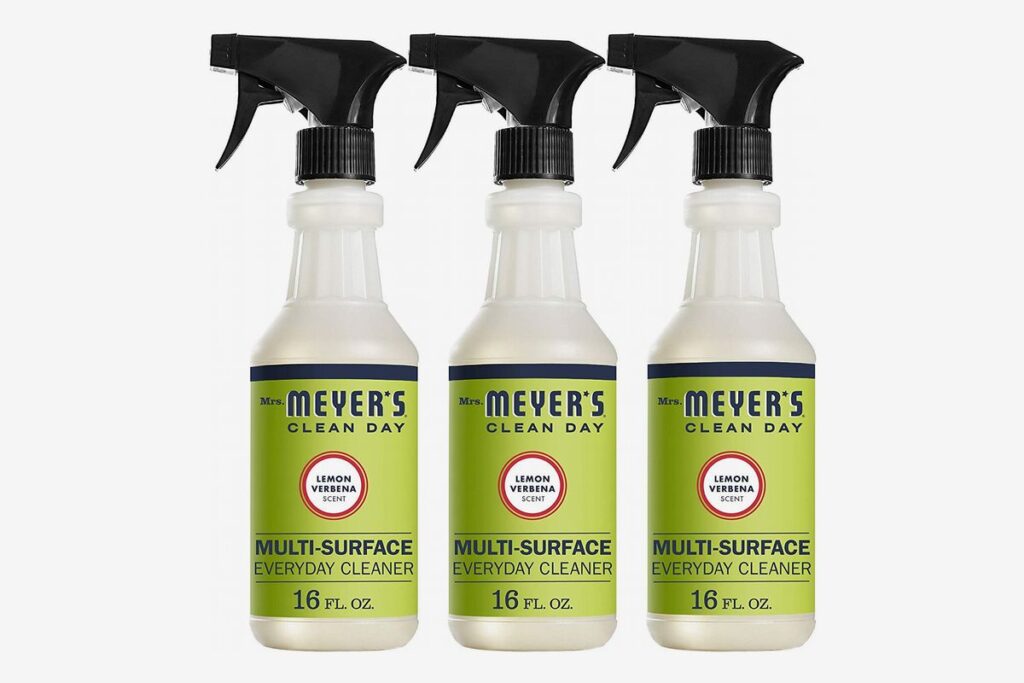
Choosing the Right Baby Safe Cleaning Products
As parents, ensuring the safety and well-being of our little ones is always our top priority. One important aspect of ensuring a safe environment for our babies is choosing the right cleaning products. Conventional cleaning products often contain harmful chemicals that can pose risks to our little ones’ health. In this article, we will explore the importance of baby-safe cleaning products and provide comprehensive guidelines for selecting the safest options for our precious babies.
Understanding the Risks of Conventional Cleaning Products
Conventional cleaning products are commonly found in households across the world. However, what many parents may not realize is that these products often contain harmful ingredients that can have adverse effects on our babies’ health. Harsh chemicals, such as phthalates, fragrances, chlorine, ammonia, parabens, sodium lauryl sulfate (SLS), formaldehyde, triclosan, bleach, and perchloroethylene (PERC), can be found in various cleaning products and pose risks ranging from respiratory issues to skin sensitization.
Reading and Understanding Product Labels
When it comes to choosing baby-safe cleaning products, reading and understanding product labels is crucial. Take the time to familiarize yourself with the information provided on the labels, as it can provide essential insights into the ingredients, usage instructions, and potential risks posed by the product. Look for clear and concise labeling, including ingredient lists, usage instructions, and any safety precautions. By doing so, you can make an informed decision that aligns with your baby’s safety needs.
Identifying Harmful Ingredients to Avoid
To ensure we choose the safest cleaning products for our babies, it is essential to be aware of the harmful ingredients commonly found in conventional cleaning products. Some of the ingredients to avoid include phthalates, fragrances (which can be a combination of undisclosed chemicals), chlorine, ammonia, parabens, sodium lauryl sulfate (SLS), formaldehyde, triclosan, bleach, and perchloroethylene (PERC). By avoiding these ingredients, we can minimize potential health risks for our little ones.
Looking for Certified Baby Safe Cleaning Products
One way to ensure the safety of the cleaning products we use around our babies is to look for certified baby-safe options. Various organizations provide certifications for cleaning products that meet specific safety and environmental standards. Some reputable certifications to look out for include EcoLogo, Green Seal, USDA Certified Organic, Safer Choice, and Non-Toxic Certified. These certifications act as reassurances that the products have undergone rigorous testing and have been deemed safe for use around babies.
Considering Fragrance-Free Options
Fragrances can be found in many cleaning products, but they often contain undisclosed chemicals that can trigger allergic reactions or irritate our babies’ sensitive skin. Opting for fragrance-free cleaning products can reduce the risk of allergic reactions and minimize the exposure to synthetic chemicals. Look for products that are explicitly labeled as fragrance-free or unscented to ensure the utmost safety for your little one.
Evaluating Packaging and Safety Caps
When it comes to selecting baby-safe cleaning products, it’s not just the formula that matters, but also the packaging. Consider the packaging and safety caps of the products you choose. Look for child-resistant caps that can prevent accidental spills or ingestion by curious little hands. Secure packaging is also important to avoid leaks or spills that may endanger your baby. Additionally, check for clear and accessible product information on the packaging, as this will help you make informed decisions about the products’ safety and usage.
Choosing Eco-Friendly Cleaning Products
Apart from ensuring the safety of our babies, we also have a responsibility to protect the environment they will grow up in. By choosing eco-friendly cleaning products, we contribute to reducing our carbon footprint and promoting a healthier planet. Eco-friendly cleaning products reduce the environmental impact, promote healthier air quality, are safe for water sources, and often use renewable and sustainable ingredients. By opting for these products, we create a safer and more sustainable world for our babies to thrive in.
Considering DIY Cleaning Solutions
If you prefer a more hands-on approach and want to have full control over the ingredients used in your baby’s cleaning products, consider making your own DIY solutions. Certain ingredients commonly found in households can be combined to create effective and safe cleaning solutions. Some popular DIY cleaning solutions for babies include a white vinegar and water all-purpose cleaner, a baking soda and lemon scrub, an antibacterial essential oil spray, a castile soap floor cleaner, and a natural fabric softener. By making your own cleaning products, you can avoid any harmful ingredients and tailor them to suit your baby’s specific needs.
Seeking Recommendations from Pediatricians and Experts
When in doubt about which cleaning products are best suited for your baby, it is always helpful to seek recommendations from pediatricians and experts in the field. Pediatricians can offer valuable insights into which ingredients to avoid and recommend specific brands or products that are known to be safe and effective. Experts in environmental health or baby care can also provide guidance on the best choices for baby-safe cleaning products. By consulting with professionals, you can gain expert knowledge and peace of mind in selecting the most suitable cleaning products for your precious little one.
Checking for Allergy-Friendly Products
Babies, like adults, can have allergies or sensitivities to certain substances. Therefore, it is crucial to check for allergy-friendly cleaning products that are specifically formulated for sensitive individuals. Look for products labeled as hypoallergenic, dye- and fragrance-free, non-toxic, and non-irritating. Some products may even undergo testing and certification for allergen control, ensuring the utmost safety for your baby, and providing peace of mind for parents who want to minimize the risk of allergic reactions.
Common Harmful Ingredients to Avoid
To make informed decisions when choosing baby-safe cleaning products, it is important to be familiar with the harmful ingredients that should be avoided. Here are some common harmful ingredients found in conventional cleaning products that pose risks to our babies:
1. Phthalates
Phthalates are chemicals commonly used as plasticizers in various cleaning products. They are known to disrupt the body’s hormone systems and are associated with developmental issues and reproductive problems. It is advisable to avoid cleaning products that contain phthalates to protect your baby’s health.
2. Fragrances
Fragrances may smell pleasant, but they often contain undisclosed chemical compounds that can trigger allergic reactions or irritate your baby’s delicate skin. Opting for fragrance-free cleaning products can minimize the risk of adverse reactions caused by these synthetic chemicals.
3. Chlorine
Chlorine is a powerful disinfectant commonly found in household cleaning products such as bleach. While effective in killing bacteria and germs, chlorine can irritate your baby’s respiratory system and skin. It is best to avoid cleaning products that contain chlorine, especially in areas where your baby spends a significant amount of time.
4. Ammonia
Ammonia is another harmful ingredient often found in glass and window cleaners, as well as certain floor and surface cleaners. It can irritate the respiratory system and cause skin irritations. Avoiding cleaning products with ammonia is recommended to ensure the safety of your baby.
5. Parabens
Parabens are preservatives commonly used in cleaning products to extend their shelf life. However, they can be absorbed through the skin and have been associated with hormone disruption and potential developmental issues. Look for paraben-free cleaning products to minimize the risk of these harmful substances.
6. Sodium lauryl sulfate (SLS)
Sodium lauryl sulfate (SLS) is a surfactant commonly found in cleaning products that produce foam or lather. However, it can strip the skin of its natural oils and cause dryness and irritation. Opt for SLS-free alternatives to protect your baby’s delicate skin.
7. Formaldehyde
Formaldehyde is a preservative and disinfectant commonly found in household cleaning products. It is a known carcinogen and can irritate the respiratory system. Avoiding cleaning products containing formaldehyde is essential to protect your baby’s health and well-being.
8. Triclosan
Triclosan is an antimicrobial agent commonly found in antibacterial cleaning products. It has been linked to hormone disruption and may contribute to the development of antibiotic-resistant bacteria. Choosing triclosan-free cleaning products is recommended to avoid potential risks.
9. Bleach
Bleach is a powerful disinfectant and stain remover commonly used in households. However, it can be corrosive and irritating to the skin, eyes, and respiratory system. It is wise to choose alternative cleaning products without bleach to ensure your baby’s safety.
10. Perchloroethylene (PERC)
Perchloroethylene (PERC) is a solvent commonly used in laundry and dry cleaning products. Prolonged exposure to PERC can be harmful, especially for infants who may have greater sensitivity to chemicals. It is advisable to select cleaning products that are PERC-free to minimize potential risks.
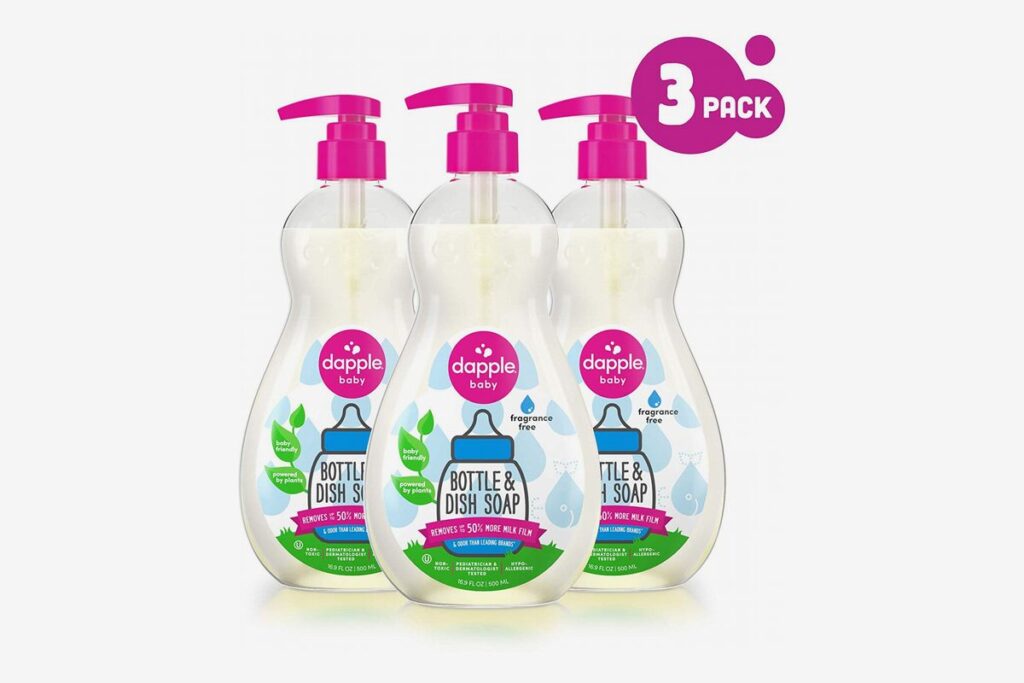
Certifications for Baby Safe Cleaning Products
To make the task of choosing baby-safe cleaning products easier, several certifications have been established to ensure that products meet specific safety and environmental standards. Look for the following certifications when selecting cleaning products for your baby:
1. EcoLogo
EcoLogo is an internationally recognized certification that guarantees a product has met specific criteria related to environmental and health impacts. It ensures that the product has undergone rigorous testing and is environmentally preferable compared to other products in the same category.
2. Green Seal
Green Seal is another reputable certification that signifies a product has met rigorous environmental and health criteria. Products with the Green Seal certification are deemed to have minimal impact on the environment and human health.
3. USDA Certified Organic
When it comes to organic cleaning products, the USDA Certified Organic label ensures that the product meets specific organic farming and production standards. This certification guarantees that the product contains a certain percentage of organic ingredients and is free from harmful synthetic chemicals.
4. Safer Choice
The Safer Choice label indicates that a product has been evaluated by the Environmental Protection Agency (EPA) and meets their stringent standards for safety. It assures consumers that the product has undergone thorough assessments for potential health and environmental effects.
5. Non-Toxic Certified
The Non-Toxic Certified label is an additional assurance that the cleaning product you are considering has undergone testing and been certified as non-toxic. This certification guarantees that the product does not contain harmful or toxic ingredients that could harm your baby.
Benefits of Fragrance-Free Cleaning Products
Choosing fragrance-free cleaning products for your baby offers several valuable benefits. Here are some advantages of opting for fragrance-free options:
1. Reduced Risk of Allergic Reactions
Fragrances are a common cause of allergic reactions, particularly for individuals with sensitive skin or respiratory issues. By choosing fragrance-free cleaning products, you can significantly reduce the risk of triggering an allergic reaction in your baby.
2. Avoiding Synthetic Chemicals
Many fragrances used in cleaning products are composed of undisclosed synthetic chemicals. By opting for fragrance-free products, you eliminate the potential exposure to these chemicals, ensuring a safer environment for your baby.
3. Preventing Respiratory Irritation
Fragrances can cause respiratory irritation, especially for individuals with asthma or other respiratory conditions. By selecting fragrance-free cleaning products, you can minimize the risk of respiratory distress for your baby, promoting a healthier indoor environment.
4. Minimizing Skin Sensitization
Fragrances can also irritate the skin, causing dryness, redness, or discomfort. Fragrance-free cleaning products are gentle on the skin and help minimize the risk of skin sensitization in your baby.
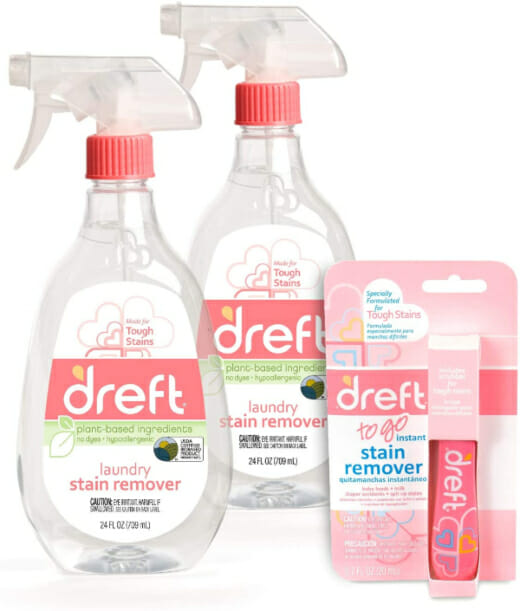
Evaluating Packaging and Safety Caps
While the ingredients and certifications of baby-safe cleaning products are crucial factors to consider, the packaging and safety caps play a significant role in ensuring the safety of your baby as well. Here are some important aspects to evaluate when it comes to packaging and safety caps:
1. Child-Resistant Caps
Choose cleaning products with child-resistant caps, especially for products that may contain potentially harmful ingredients. Child-resistant caps help prevent accidental ingestion or exposure to cleaning products by curious little hands. This additional safety feature can provide peace of mind to parents.
2. Secure Packaging
Ensure that the packaging of the cleaning products you choose is secure and leak-proof. Spills or leaks can pose a danger to your baby, especially if they come into contact with harmful ingredients. Look for products with sturdy packaging that will minimize the risk of accidents.
3. Accessible Product Information
Check for clear and accessible product information on the packaging. This includes instructions for use, warnings, and any first aid instructions if accidental exposure occurs. Having this information readily available can assist you in making informed decisions and taking appropriate action in case of an emergency.
4. Appropriate Bottle Design
Consider the practicality of the bottle design. Look for bottles that are easy to handle and have a wide enough opening for pouring or spraying without spills or splashes. A well-designed bottle can make cleaning tasks more manageable, reducing the risks associated with handling cleaning products with a baby present.
Advantages of Eco-Friendly Cleaning Products
Choosing eco-friendly cleaning products not only benefits the environment but also provides advantages for your baby’s health and well-being. Here are some advantages of opting for eco-friendly cleaning products:
1. Reduced Environmental Impact
Eco-friendly cleaning products are manufactured using processes and ingredients that have a minimal impact on the environment. By choosing these products, you contribute to reducing pollution, conserving energy, and minimizing waste production, creating a healthier world for future generations.
2. Healthier Air Quality
Conventional cleaning products often contain volatile organic compounds (VOCs) that can contribute to indoor air pollution. Eco-friendly cleaning products are formulated with natural ingredients that do not release harmful gases, resulting in better air quality for your baby to breathe.
3. Safe for Water Sources
Many conventional cleaning products contain chemicals that are not easily biodegradable and can end up polluting water sources. Eco-friendly cleaning products use natural and biodegradable ingredients, minimizing the adverse impact on the environment and preserving water quality for future generations.
4. Renewable and Sustainable Ingredients
Eco-friendly cleaning products often utilize renewable and sustainable ingredients. These ingredients are sourced from renewable resources, reducing reliance on finite resources and promoting a more sustainable future. By choosing eco-friendly products, you become a part of the global movement for sustainability and help secure a brighter future for your baby.
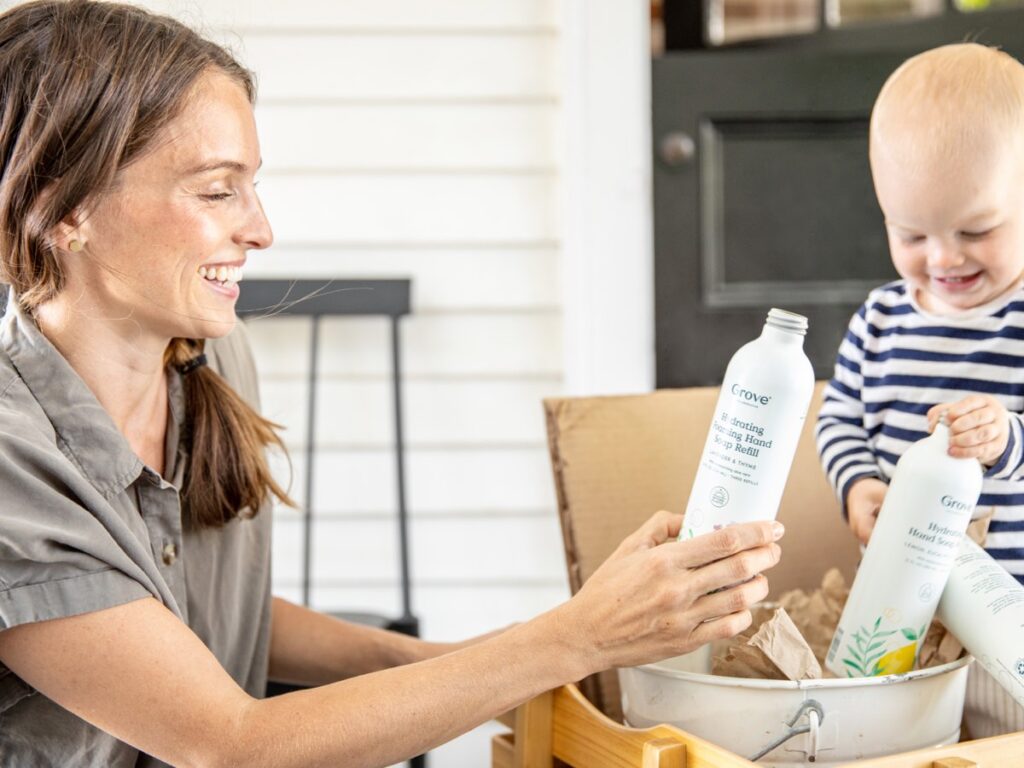
DIY Cleaning Solutions for Babies
If you prefer a more personalized approach and want to have full control over the ingredients used in your baby’s cleaning products, consider making your own DIY solutions. Here are some easy and effective DIY cleaning solutions suitable for babies:
1. White Vinegar and Water All-Purpose Cleaner
Mix equal parts white vinegar and water in a spray bottle for an all-purpose cleaner. This solution is gentle yet effective for cleaning various surfaces in your baby’s environment.
2. Baking Soda and Lemon Scrub
Create a natural scrub by mixing baking soda with lemon juice. This combination acts as a gentle abrasive and natural deodorizer, ideal for cleaning sinks, tubs, and other surfaces.
3. Antibacterial Essential Oil Spray
Combine water, a few drops of essential oil (such as tea tree or lavender), and a small amount of Castile soap in a spray bottle. This mixture creates a natural antibacterial spray that can be used on surfaces without the use of harsh chemicals.
4. Castile Soap Floor Cleaner
Mix a small amount of Castile soap with warm water to create a safe and effective floor cleaner. Castile soap is derived from natural vegetable oils and is gentle on your baby’s skin.
5. Natural Fabric Softener
Add half a cup of white vinegar or baking soda to your laundry cycle as a natural fabric softener. This simple and chemical-free alternative leaves clothes soft and fresh without any residual fragrance.
By creating your own DIY cleaning solutions, you have complete control over the ingredients and can ensure that they are safe for your baby. However, it is important to remember to store these solutions out of reach of your baby and label them clearly to avoid any accidents.
Importance of Pediatrician and Expert Recommendations
Pediatricians and experts can provide valuable guidance when it comes to choosing baby-safe cleaning products. Here are some reasons why seeking their recommendations is important:
1. Avoiding Harsh Chemicals
Pediatricians are knowledgeable about the potential risks associated with certain chemicals found in cleaning products. By consulting with them, you can gain insights into which ingredients to avoid and choose products that are safe for your baby.
2. Considering Specific Needs and Sensitivities
Every baby is unique, and some may have specific sensitivities or health conditions that require extra precautions. Pediatricians can take into account your baby’s specific needs and sensitivities, providing tailored recommendations to ensure their utmost safety.
3. Information on Effectiveness
Pediatricians and experts have experience and knowledge about the effectiveness of various cleaning products. They can provide insights into which products are the most effective in maintaining a clean and safe environment for your baby.
4. Safe Usage Tips
In addition to recommending specific baby-safe cleaning products, pediatricians and experts can offer guidance on how to safely use these products. They can provide instructions for proper dilution, usage frequency, and any additional precautions to ensure the safety and well-being of your baby.
Remember, while seeking recommendations from pediatricians and experts is helpful, it is still important to conduct your own research and consider your baby’s unique needs and sensitivities when choosing cleaning products.

Allergy-Friendly Cleaning Products
Babies, like adults, can have allergies or sensitivities to certain substances. When choosing cleaning products for your baby, it is important to consider products that are allergy-friendly. Here are some factors to look for in allergy-friendly cleaning products:
1. Hypoallergenic Products
Hypoallergenic cleaning products are specifically formulated to minimize the risk of triggering allergic reactions. Look for products labeled as hypoallergenic, as they are often free from common allergens and designed to be gentle on your baby’s skin and respiratory system.
2. Dye- and Fragrance-Free Options
Dyes and fragrances can be common irritants for individuals with sensitive skin or respiratory issues. Opting for dye- and fragrance-free cleaning products can minimize the risk of adverse reactions caused by these substances.
3. Non-Toxic and Non-Irritating Formulas
Ensure that the cleaning products you choose are non-toxic and non-irritating. Avoid products that may contain harsh chemicals or known irritants that can potentially trigger allergies or sensitivities in your baby.
4. Testing and Certification for Allergen Control
Some manufacturers voluntarily subject their products to testing and certification for allergen control. Look for products with certifications or claims related to allergen control, as they provide an added layer of assurance that the product is safe for individuals with allergies or sensitivities.
By prioritizing allergy-friendly cleaning products, you can minimize the risk of triggering allergic reactions in your baby and create a safer and more comfortable environment for them to thrive.
Conclusion
Choosing the right baby-safe cleaning products is an essential aspect of creating a safe and clean environment for our precious little ones. By understanding the risks associated with conventional cleaning products, reading and understanding product labels, and identifying harmful ingredients to avoid, we can make informed decisions that prioritize the health and well-being of our babies.
Looking for certified baby-safe cleaning products, considering fragrance-free options, evaluating packaging and safety caps, and choosing eco-friendly options further enhance the safety and sustainability of our cleaning choices. Exploring DIY cleaning solutions and seeking recommendations from pediatricians and experts provide additional guidelines to ensure the utmost safety for our babies.
Lastly, considering allergy-friendly cleaning products adds an extra layer of protection for babies with sensitivities or allergies. By taking all these factors into account, we can confidently select the best cleaning products that prioritize the safety, health, and well-being of our precious little ones.
